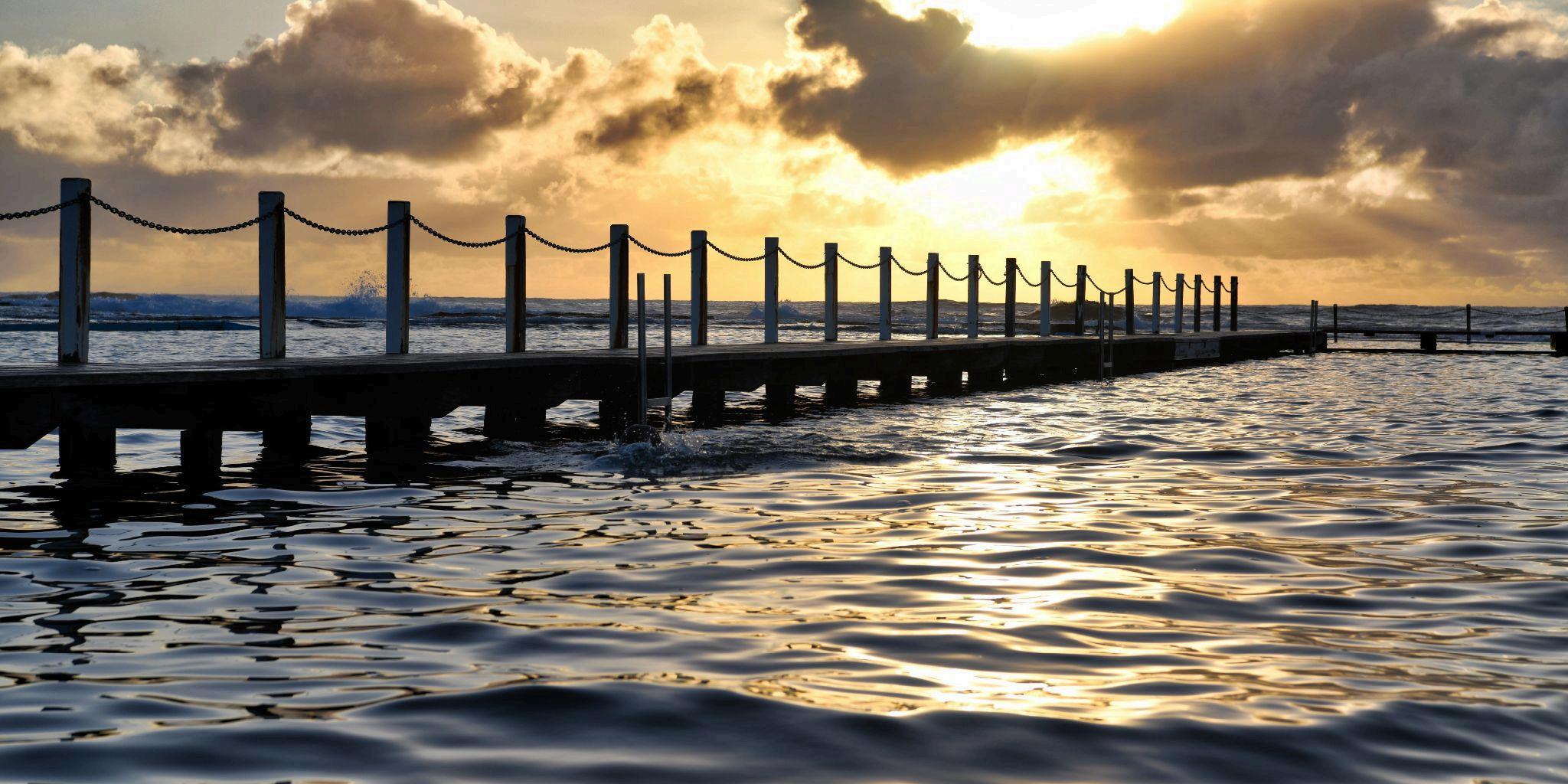Reviving Classic Elegance: The Enduring Appeal of Terra Cotta in Architecture by
Richard Koenigsberg of New York

In the world of architecture, few materials possess the timeless charm and versatility of terra cotta. Rooted in ancient civilizations, this clay-based material has been a cornerstone in building design for thousands of years From the grand temples of ancient Greece to the intricate facades of early 20th-century skyscrapers, terra cotta has consistently proven to be a favorite among architects, blending beauty, durability, and craftsmanship in a way few other materials can Today, terra cotta is experiencing a resurgence in architectural circles as designers seek to revive and preserve its elegant qualities in modern buildings,as defined by Richard Koenigsberg of New York.
The allure of terra cotta lies in its natural aesthetic. The rich, earthy tones, which range from golden yellows to deep reds, add a warm and inviting texture to any structure This clay material is often molded into intricate patterns, sculptures, and ornamentations that bring architectural facades to life. Its ability to be easily shaped into various forms allows for a high degree of artistic expression, which is why it was historically used for decorative details on both grandiose public buildings and private homes alike
Beyond its visual appeal, terra cotta offers practical advantages that make it an enduring choice in construction. The material is highly durable, able to withstand the elements without deteriorating over time, which is crucial in preserving the integrity of a building It also has excellent insulating properties, keeping interiors cooler in the summer and warmer in the winter. These benefits, combined with its environmentally friendly composition, make terra cotta an attractive option for sustainable architecture
In recent years, architects have embraced terra cotta not only for its beauty but also for its modern potential With the rise of contemporary designs that focus on sustainability and green building practices, terra cotta offers a perfect balance of aesthetics and functionality. Many architects are incorporating this classic material into eco-friendly buildings by utilizing it in both structural and decorative elements The flexibility of terra cotta allows it to be used in various ways from stunning facades to roof tiles, flooring, and even in the creation of contemporary art installations
As we look to the future of architectural design, terra cotta stands as a testament to the enduring power of tradition While modern materials may come and go, this ancient medium remains relevant, proving that sometimes, the past can provide the most profound solutions to contemporary challenges With its timeless beauty, durability, and sustainable qualities, terra cotta continues to restore a sense of elegance to both the old and new structures that shape our cities and landscapes.
